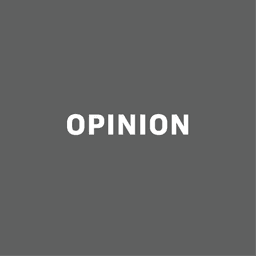The rapid evolution of missile technology rarely captures public attention, but within the defense community, the era of surprise over next-generation weapons is long past. Still, the advent of hypersonic missiles represents a significant shift—one that demands renewed scrutiny and strategic recalibration.
The operational implications are significant. Hypersonic weapons not only are harder to track and intercept, but they also expand the threat envelope to include both forward-deployed forces and civilian populations. In response, systems such as the proposed Golden Dome aim to integrate advanced sensors and artificial intelligence-driven interception capabilities to meet this emerging challenge. The goal is clear: shift interception points from urban centers such as New York City to far earlier in the threat trajectory—ideally, over the Atlantic.
This collaboration reflects the modernization efforts of NORAD (North American Aerospace Defense Command), which is the organization responsible for monitoring and defending skies over North America. By integrating this advanced system into NORAD’s broader defense infrastructure, the United States and Canada position themselves to more effectively counter the threats of the future, regardless of the ocean between us and Russia.
The protection of our borders is the bedrock of U.S. national security policy and a very loud focus for both the Trump administration and the American voter. With countries such as China and Russia aggressively pursuing advanced missile technologies, further evidence of a shift in global power dynamics, the United States cannot afford to slow down on innovation and development.
The Golden Dome system epitomizes this approach and a newly realigned defense strategy. By integrating this technology into our defense architecture, the United States sends a powerful message: Your technology will not outpace ours, and we are prepared to defend ourselves at all costs.
Yet this concept of deterrence hinges on our credibility per the adversary’s belief that the United States will act. There is no doubt that the United States’ innovation outpaces all other nations; however, those nations take note when we slow down. That is not a risk we can take here, nor a risk that I am concerned about with our current administration. The Golden Dome enhances our credibility.
While recruitment and retention for our military are incredibly important, a concept often overlooked by those critical of our defense spending is that the United States’ military strength does not simply lie in the number of troops or weapons at its disposal; it is mutually rooted in our ability to innovate and adapt to new threats. The Golden Dome system exemplifies this adaptability, ensuring that the United States is not simply reactive to new technologies but is proactive in developing them and the solutions to counter them. The beauty of the U.S. defense community is that the partnership of the government and the private sector makes a cutting-edge system such as this well within reach.
As the world’s foremost military power, the United States continues to lead in developing and deploying defense systems that protect not only our own borders but also those of our allies. Through the Golden Dome system, the United States is demonstrating our capacity to innovate and to deter and defend against threats who desire to knock on our door.



